
- Soil Association
- Take action
- Protect the environment
- A guide to British hedgerows

A guide to British hedgerows
Hedges are often planted as boundary lines around areas like farm fields or gardens, but are much more than useful dividers. Culturally and historically important, hedges are teeming with life and make an immense contribution to halting biodiversity decline and tackling climate change.
Hedges come in a variety of shapes and sizes and can include many different species. Rural hedges are often a mix of shrub and tree species, such as hawthorn, blackthorn, hazel, wild cherry, dogwood and field maple. Use our handy guide to help you identify local hedgerow species whilst out on your walk!
Hawthorn
The pale green leaves of hawthorn are often the first to appear in spring, with an explosion of pretty white blossom in May. Once pollinated, they produce bright red fruit called haws that are popular with birds and small mammals. Hawthorn is a dense and thorny plant, with brown-grey fissured bark, and twigs covered in thorns.

Blackthorn
Not to be confused with hawthorn, blackthorn flowers appear in March and April before the leaves start to show. Blackthorn is a spiny, shrubby tree with black-purple twigs and small, narrow leaves. And, in late summer it produces sloe berries, most famously used in the making of sloe gin.
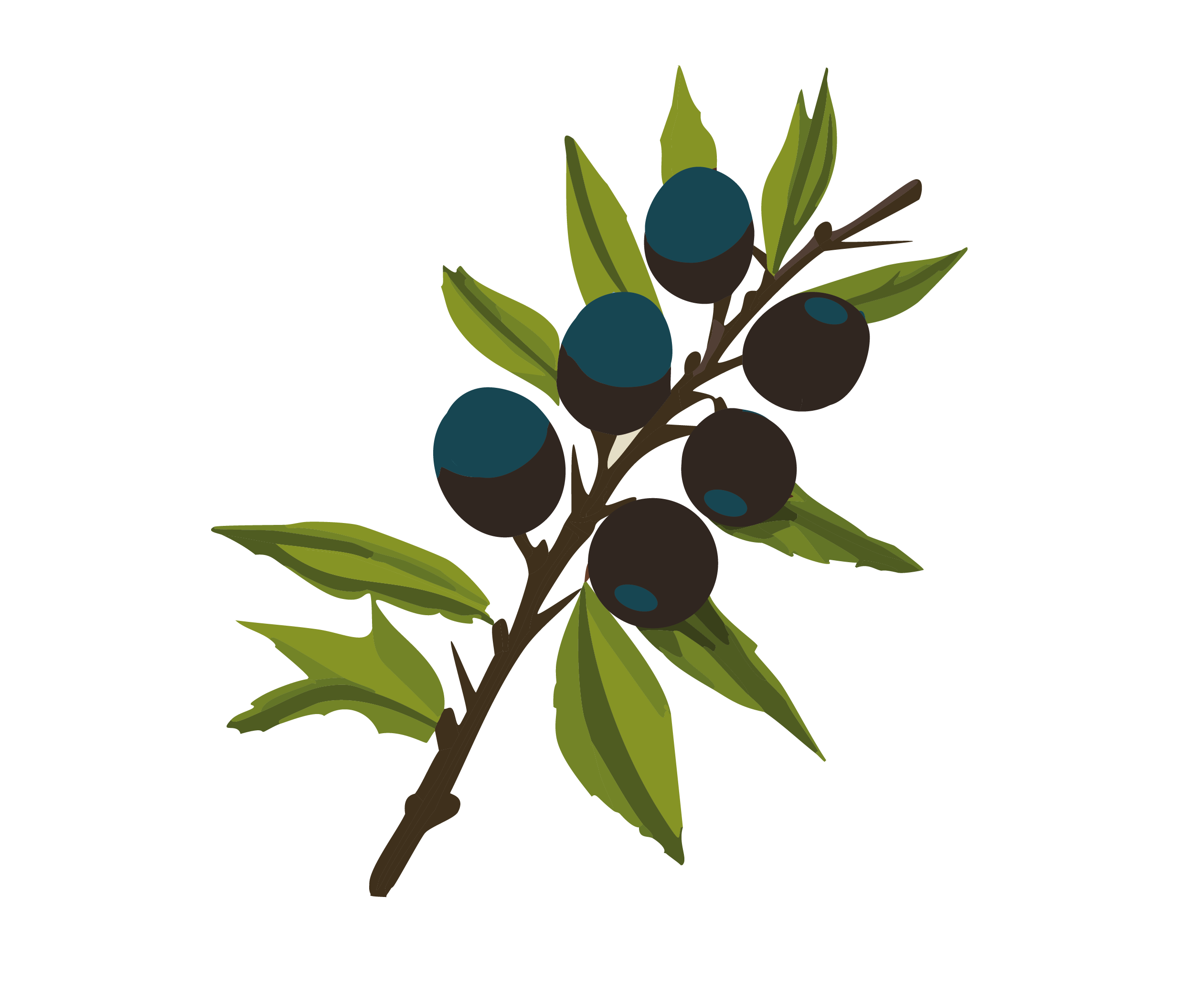
Hazel
Hazel is a common tree that can be found in hedgerows and woodlands. It is famous for its long, yellow catkins that appear in spring, and its green, ripening to brown, fruits (hazelnuts) that appear in late summer. These nuts are a favourite food of small mammals.
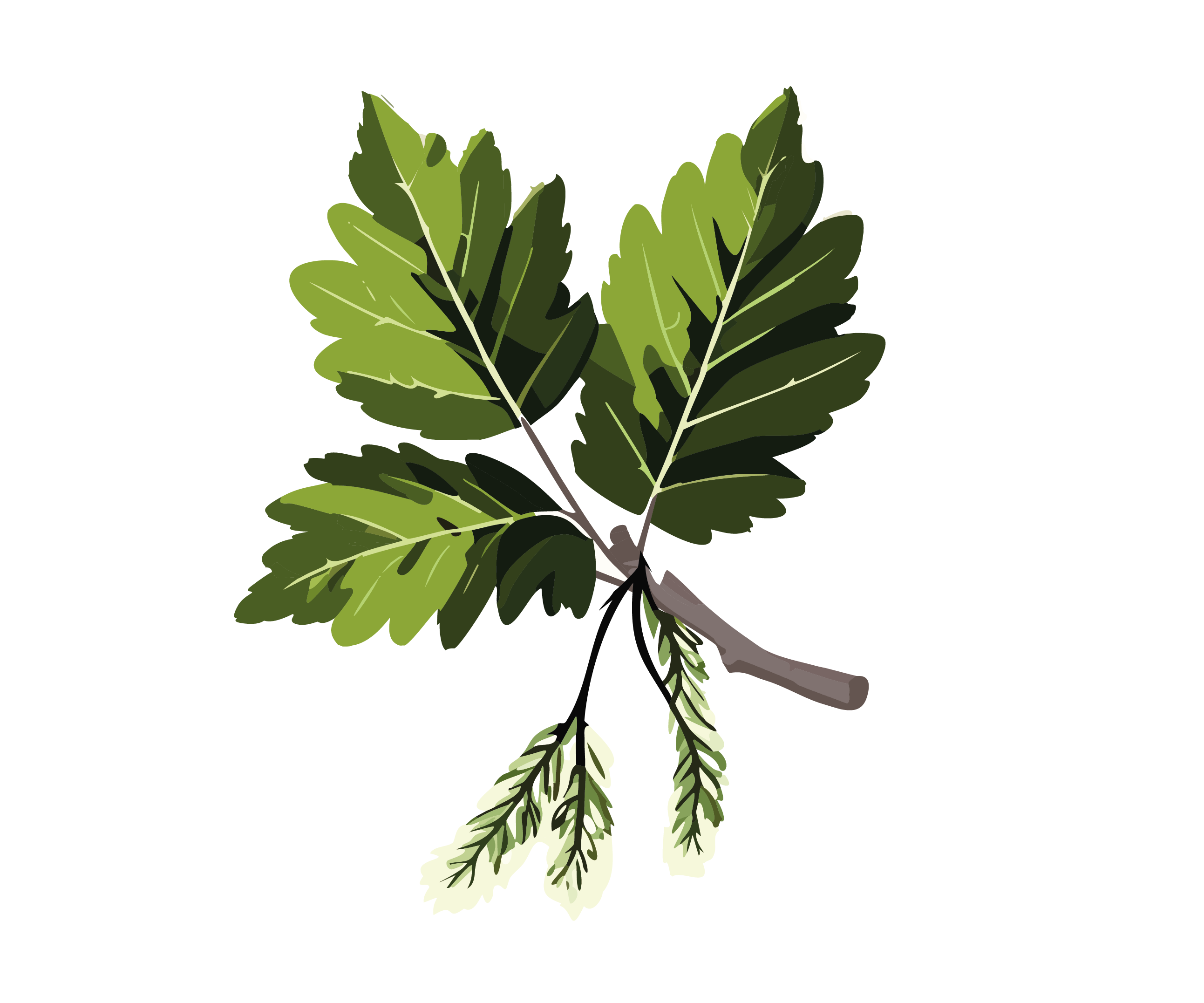
Wild Cherry
Wild cherry is one of the UK’s prettiest trees, with oval shaped leaves with jagged edges and deep red fruit hanging in clusters. The flowers are similar to blackthorn and hawthorn, but wild cherry has distinctive shiny reddish-brown bark and no thorns! The scientific name Prunus Avium, refers to the important role that birds play in the tree’s propagation by eating the cherries and dispersing the seed.
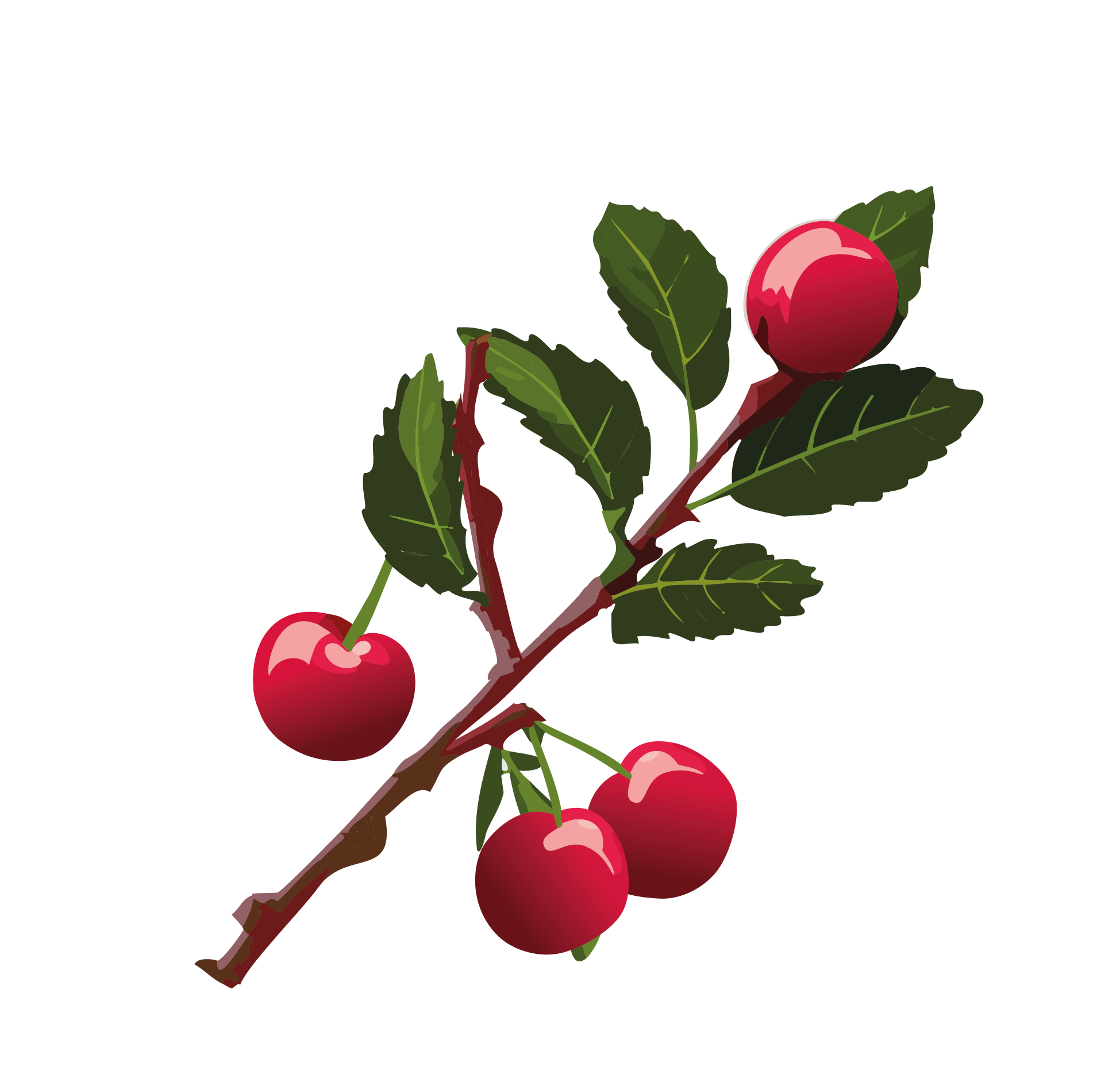
Dogwood
Dogwood is a small broadleaf shrub, typically found in the hedgerows of southern England. The bark is grey and smooth with shallow ridges which develop with age, and a stringy latextype substance can be seen if the leaves are pulled apart. The small clusters of flowers also have an unpleasant smell.
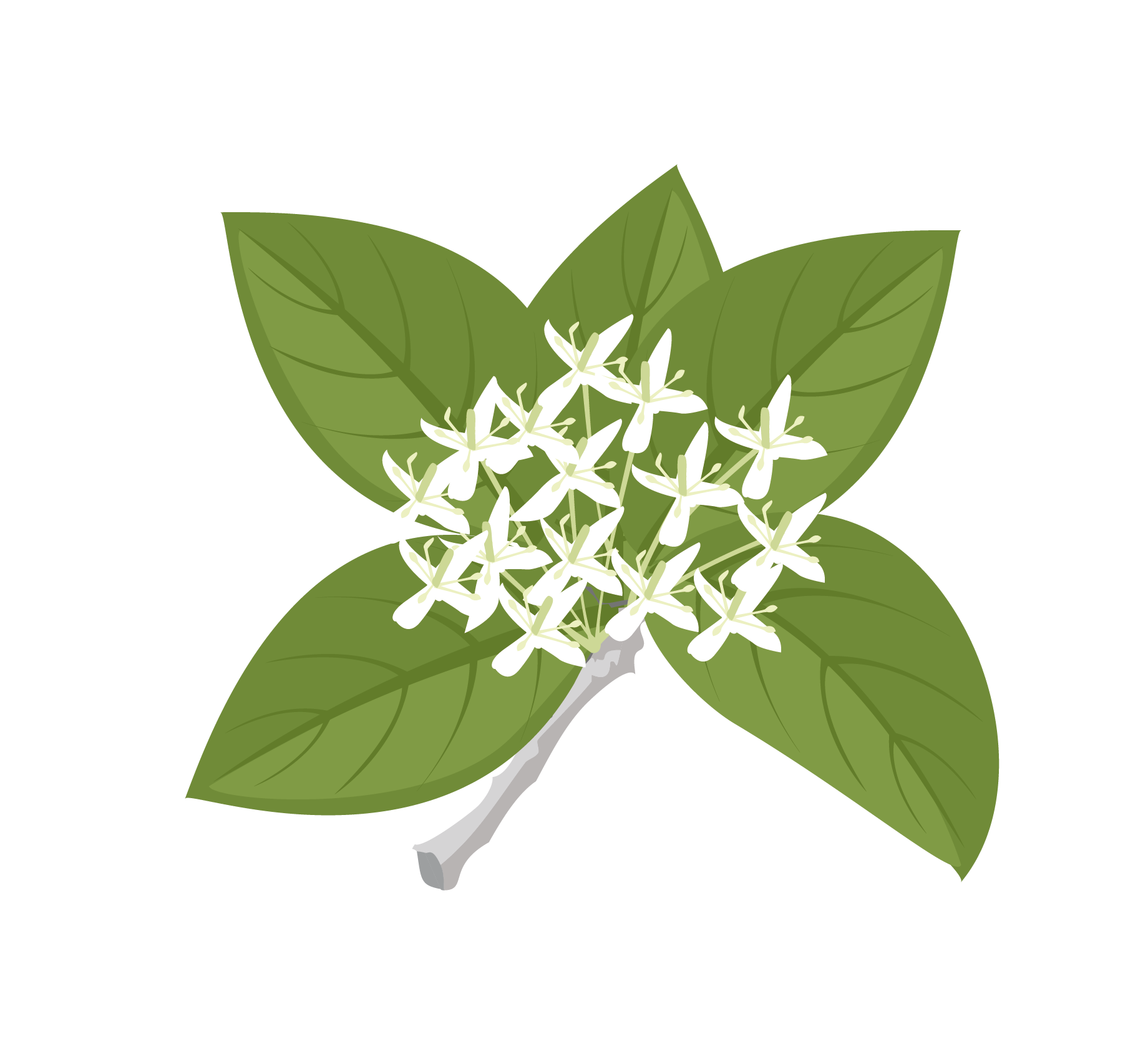
Field Maple
The field maple is a sturdy plant that attracts caterpillars, aphids, and other insects to pollinate its winged fruit, and feast on its leaves. It has small leaves with five lobes, which turn to a golden yellow in Autumn before falling. As with other species of maple, the sap can also be used to make maple syrup – delicious!
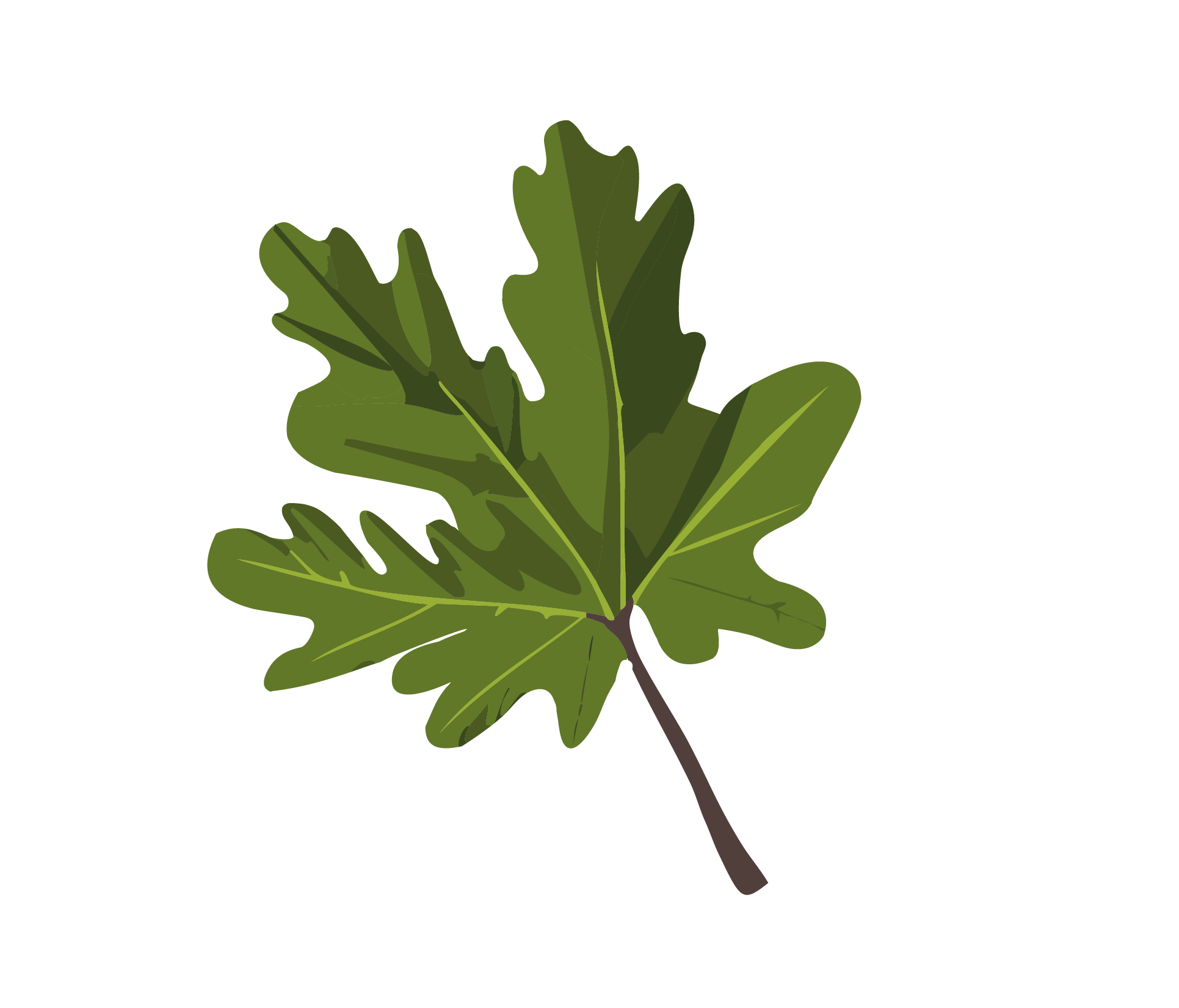
-
Plant a tree for wildlife
Join the Soil Association today and together we can plant more trees for wildlife
Give a monthly gift


